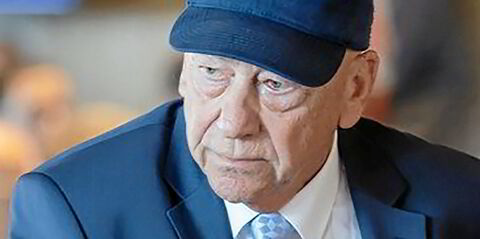Tanker owners and investors are having to get used to the idea of fewer long-term time charters as the sector takes delivery of a surge of newbuildings, according to one top executive.
“Everybody has to come to terms with the fact that this is now a spot market and in the larger sizes it's especially brutal,” Ridgebury Tankers chief financial officer Hew Crooks told delegates at the Marine Money conference in Singapore.
“In the first six months of 2015, which was a big time charter market, there were 40 VLCCs that went on time charters of two years or less. In the first half this year, it is only 18 on a fleet of 650 vessels.”
Crooks said lenders and investors had to get comfortable with the idea that the ability to go out into the market, charter assets and make a good return on equity “isn’t really there”.
“If owners think they have the upper hand, which they do this week, but they may not next week, they are pushing those rates as hard as they can,” he said.
Crooks said charterers were using the large number of available vessels as a tactic to drive down charter rates even further.
“When a charterer goes out and takes bids, whether it is for time charter or spot market business, they say they will take any ship up to 20 years old,” he said.
“They will receive orders from a series of 18-year-old ships which they have no intention of using, but will use the rates on those ships to force down those on owners with modern ships.”
Crooks said the tanker market was going to remain volatile so the only thing an owner could do was control his costs — and a big component of that was what someone bought their ships for.
“If you are sitting at the low end of the cost curve, you can get a reasonable rate of return, whereas if you buy a high-priced unit and even if you get an initial time charter, no matter what you do, you are always going to be fighting a losing battle in terms of return on equity,” he said.
Crooks told delegates that Ridgebury Tankers’ fleet of four 2000-built VLCCs had an average daily break-even cost of just $11,000 per day.
He said one saving grace for the crude tanker sector had been the lack of new orders, despite what he described as “aggressive attempts by South Korean yards” to win new business.
“We have been thrilled that those orders haven’t been coming and we seem to be the only sector that has managed to top out at around the high teens, 20% orderbook rather than the LPG, dry bulk and offshore sectors that have really hit the levels that are causing long-term problems.”


